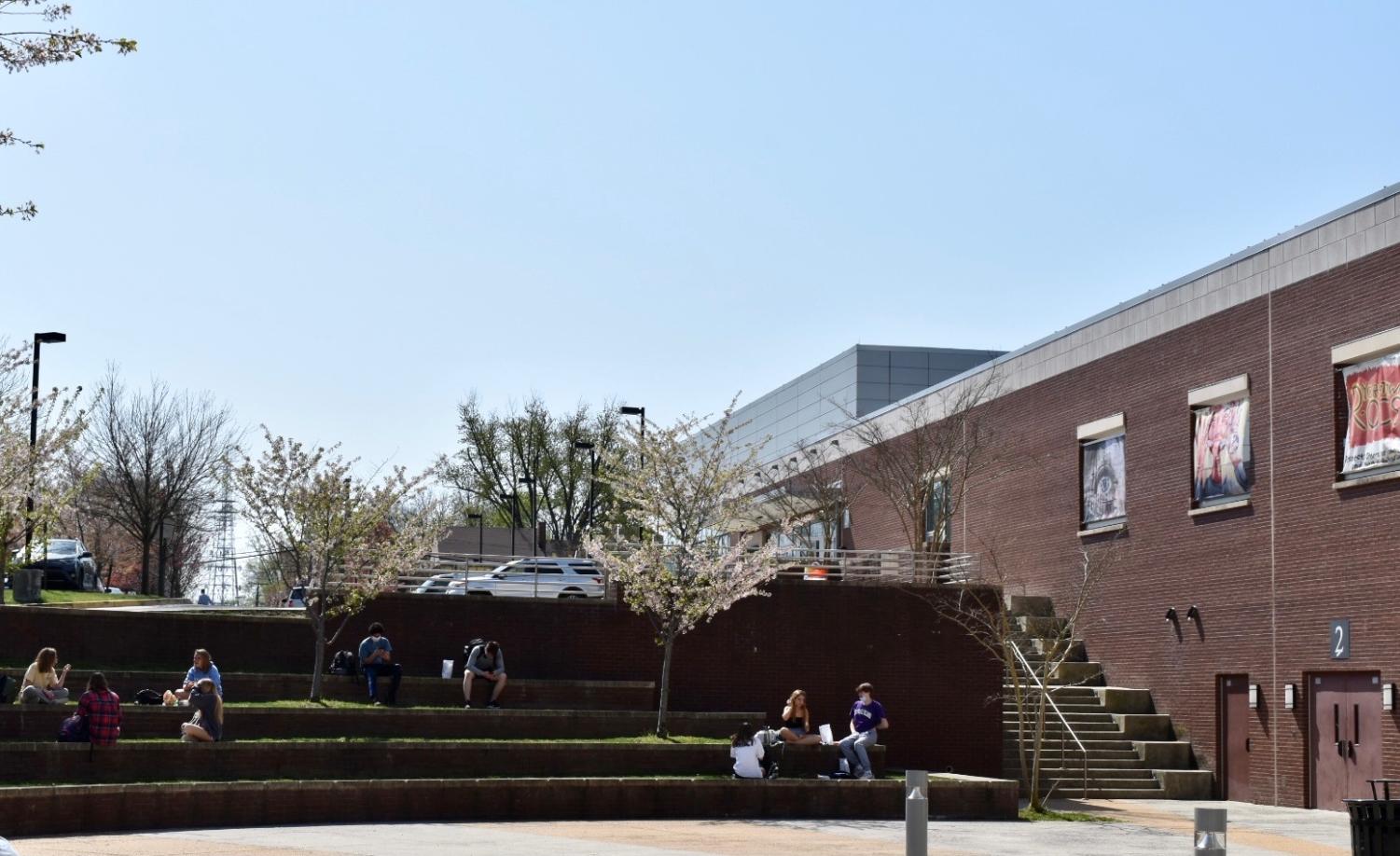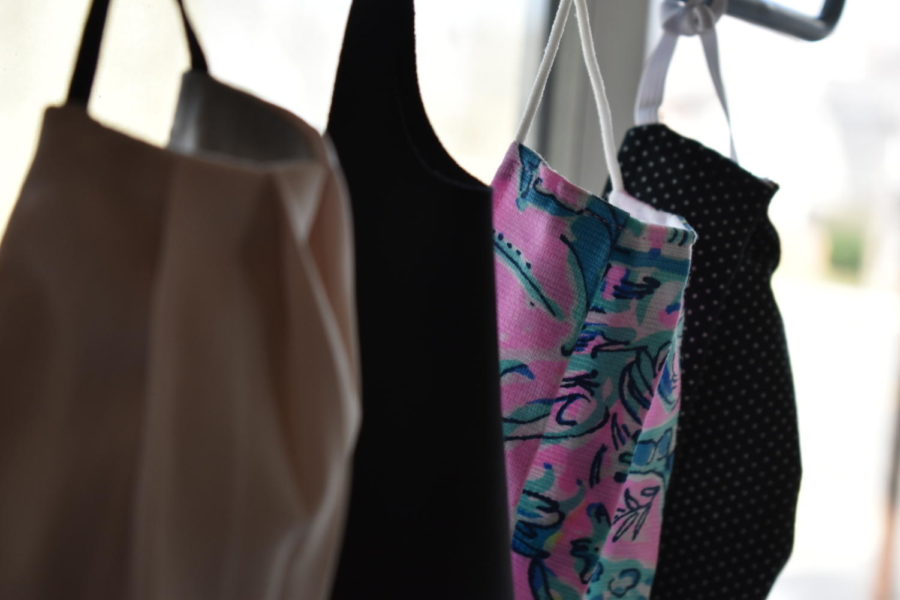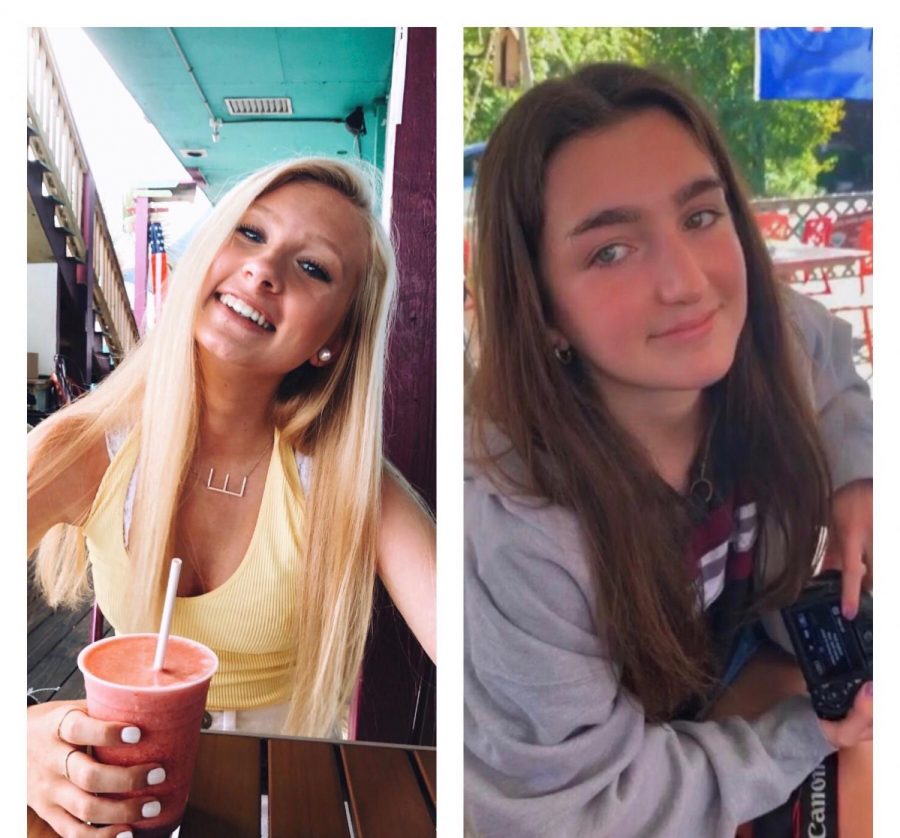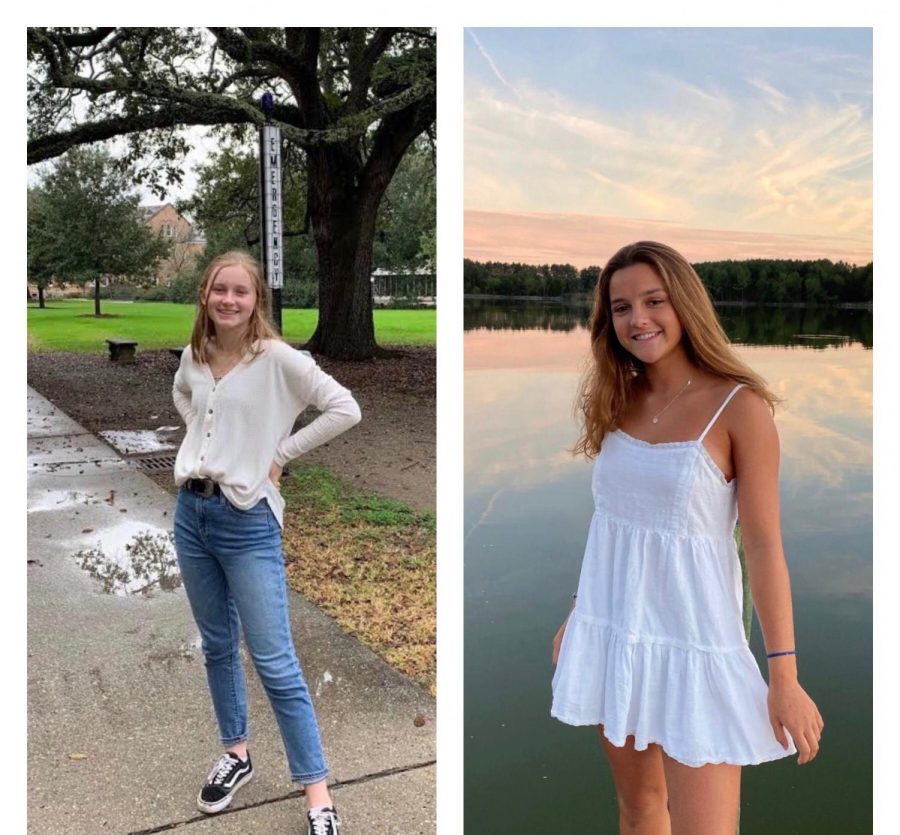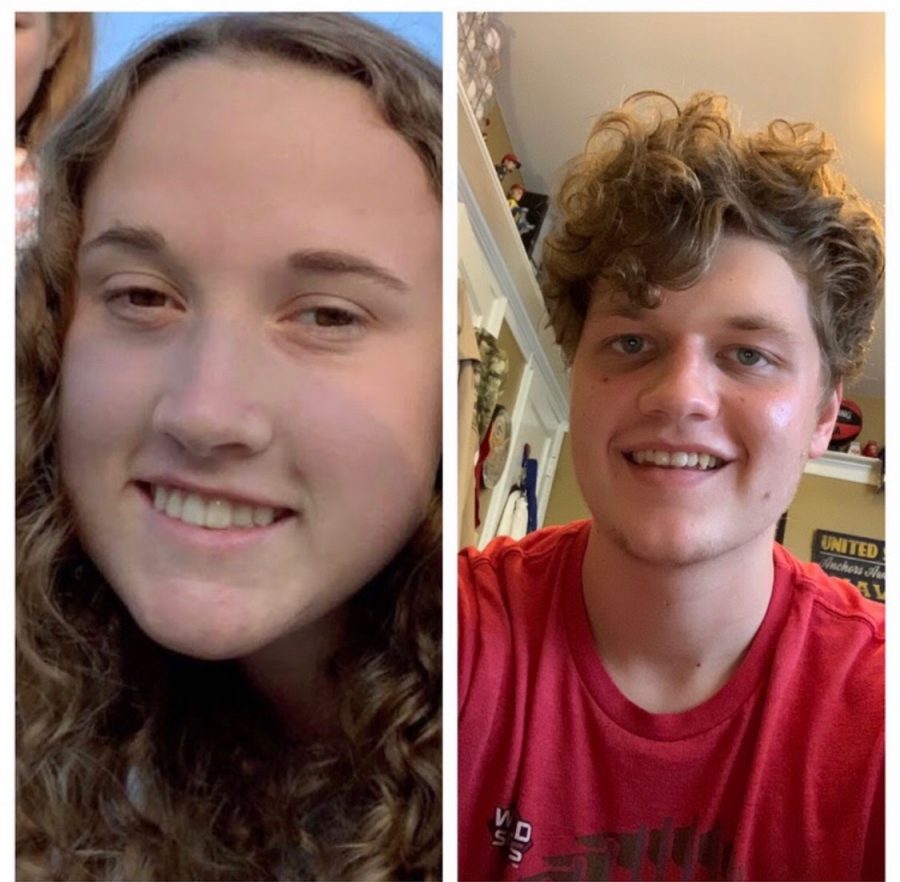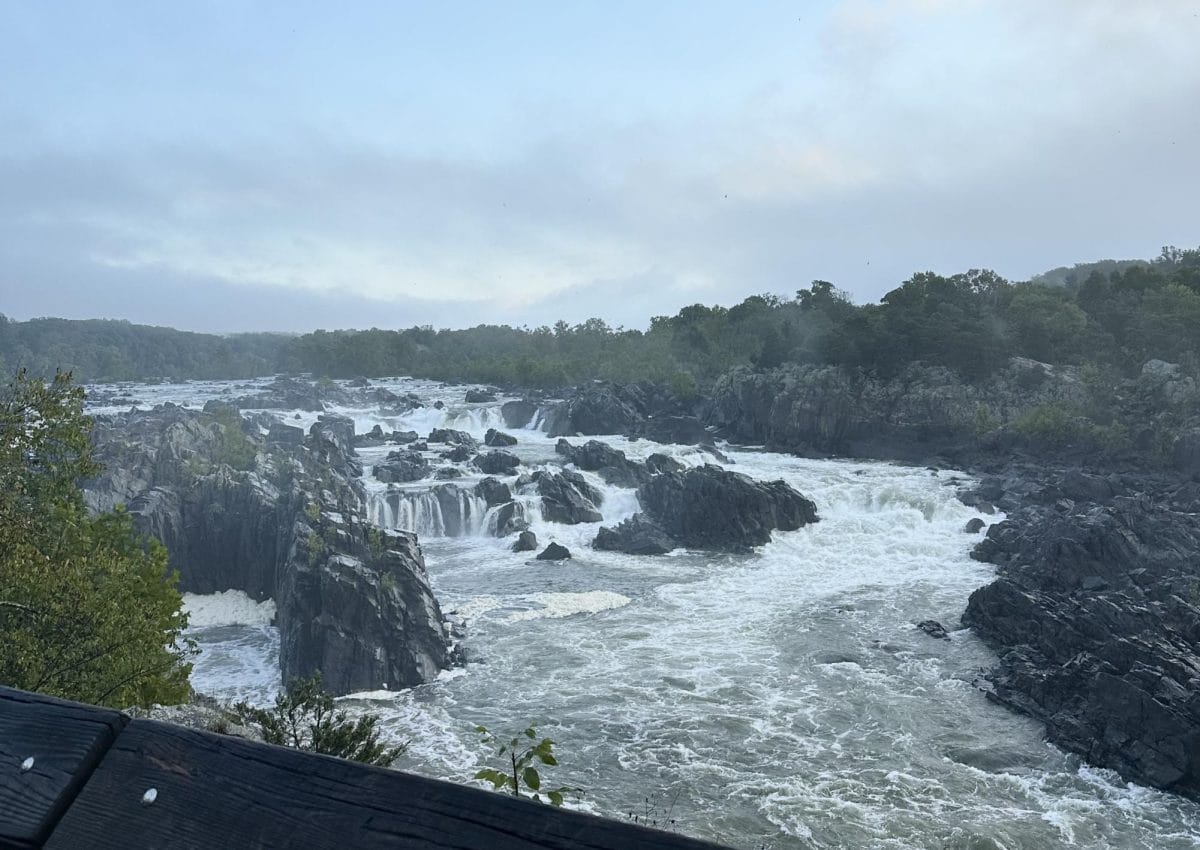As the COVID-19 pandemic wreaked havoc across the world, for almost exactly one year, Arlington Public School’s (APS) students sat in their rooms drifting between videoconferences and managing to complete what work they could in the allotted asynchronous time. While three quarters of students at our school had completed at least part of a school year in person, having been students of the school for nearly six months, the freshman class had yet to attend a class inside the building. On March 9, 2021, that changed. Sort of.
While certainly an increase from the nonexistent in-person student body, only one-third of the ninth grade, or one-twelfth of the total school population was in-person. The building felt empty, a shell of the school it once was. Classes felt closer to tutoring sessions, with some classes having just one or two students. Even the biggest classes could not break the double digits, with half of the desks empty in a room.
Despite having many students in-person, teachers still had to teach the same number of students. The aggregate of in person and virtual students was difficult to manage, especially for teachers who struggle with modern technology. While some teachers forgot to log into their virtual classrooms for well over half an hour, others struggled with broken sound systems or opening dog videos on Youtube with the projectors on during a test.
Some classes took place as virtual classes did prior to the integration of hybrid students back into the building. These students were herded into spaces such as the auditorium or Patriot Hall, whispering into their headphone microphones.
While the first week was disastrous, for some reason the experience felt refreshing. Possibly it was the novelty, the change from our bedroom confined routine that made it feel new and exciting. Or it could be as simple as human interaction, which feels much rarer than it was at the beginning of last year. Either way, the novelty of being in the building is sure to wear off by mid-April.





































